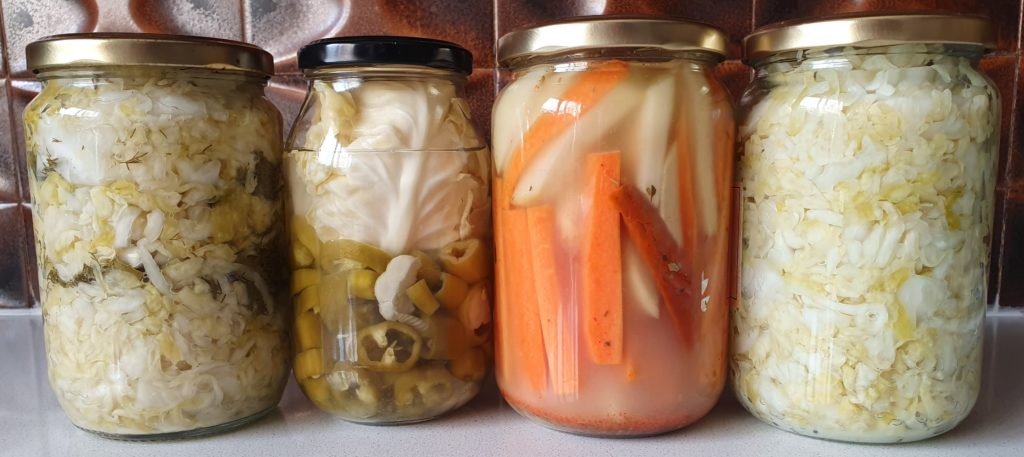A while ago I took a workshop on fermented foods with the intention of learning all about making my own Fermented veggies. This opened up a whole new world to me and the more I learned, the more I understood how easy it is to make tasty, crispy and healthy Lacto fermented vegetables.
In order to make Lacto fermented vegetables, all you need is to make ideal conditions for the emergence of bacteria necessary to fermentation. It sounds complicated but in practice, it is very simple. As Kirsten Shockey, coauthor of Fermented Vegetables says “Fermentation is a simple equation: Salt + Vegetables + Time = Yum”
Therefore let’s look at Kirsten Shockey equation, the first ingredient is salt.
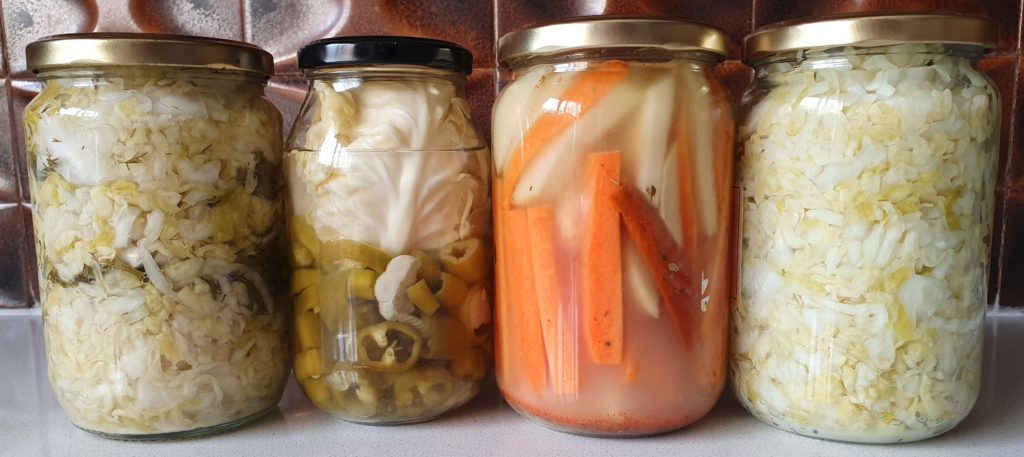
Salt
The Salt allows the bacteria that are important to the fermentation process to thrive, and on the other hand, it kills the harmful bacteria. Salt also prevents the formation of mold and keeps the formation safe to eat.
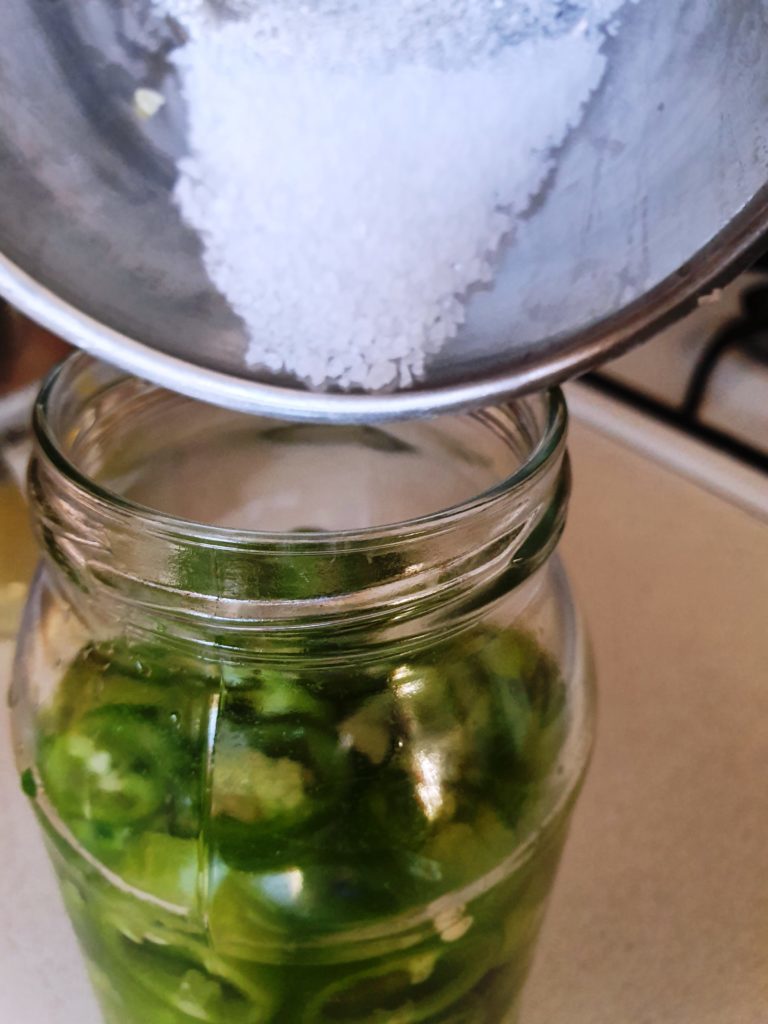
The rule of thumb is 5-6% salt brine, 50-60 grams of salt per liter (1 kg) of water. I deliberately measure grams and not spoons. Since the amount of salt in a tablespoon is not accurate. If you use a tablespoon of kosher salt or a tablespoon of thin salt, you will get a different amount of salt. I recommended using kosher salt since a thin salt contains chemicals such as Aluminum.
Vegetables
You can literally ferment whatever vegetables you like.
Here are some ideas for vegetables to ferment:
- Carrots
- asparagus
- green beans
- cauliflower
- peppers
- beets
- broccoli
- cucumbers
- and more!
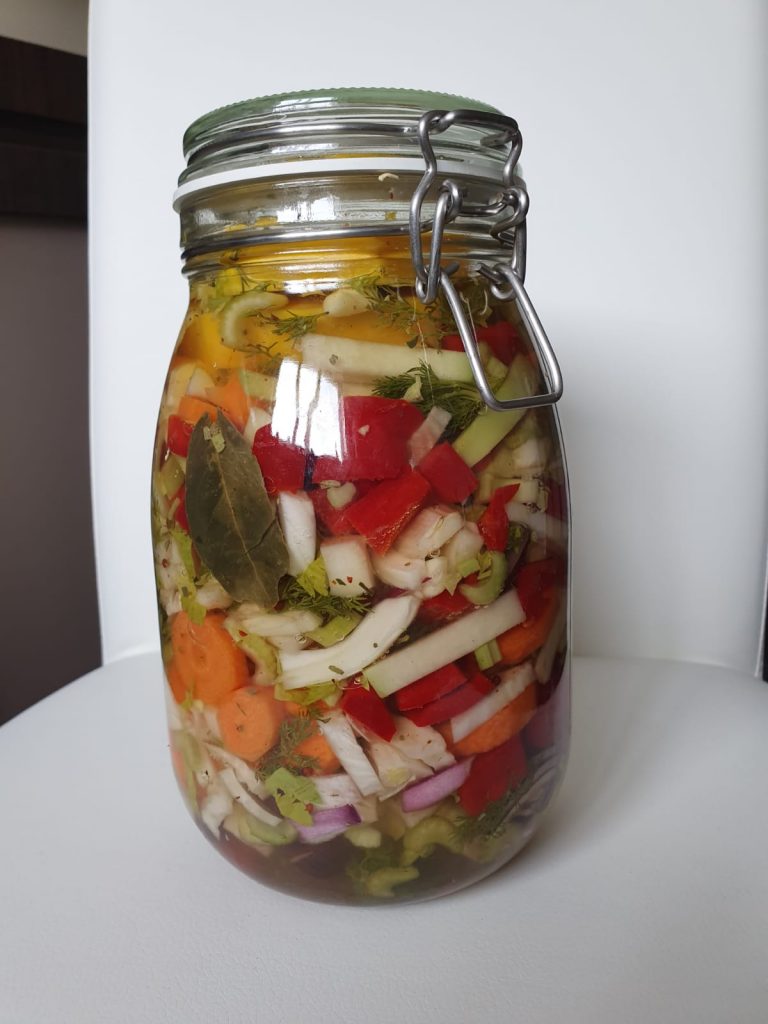
It is recommended to use organic and fresh vegetables (the pesticides may kill the lactobacillus bacteria found on the vegetable peel).
Wash the vegetables gently only with water, and with NO soap. We don’t want to wash off all the lactobacillus bacteria that are naturally found on the vegetable peel. And of course, do not cook the vegetables, as the boiling water will kill the lactobacillus bacteria.
There are several ways to prepare your fermented veggies: grating, shredding, chopping, slicing, or leaving whole. How you choose to prepare your vegetables is a personal choice, though some vegetables are better suited for leaving whole, while others ferment better when shredded or grated
Since the size and shape of the vegetables impact the speed of fermentation, keep the size of vegetables in one batch consistent, for even fermentation.
Time and patience
This is the most difficult ingredient to find in our modern world, but it is the most important ingredient. Ultimately, the bacteria need time to perform their magic, and this is a process that can’t be accelerated.
The longer the veggies ferment, the tangier they’ll get. Once they taste good, move the jar to the refrigerator.
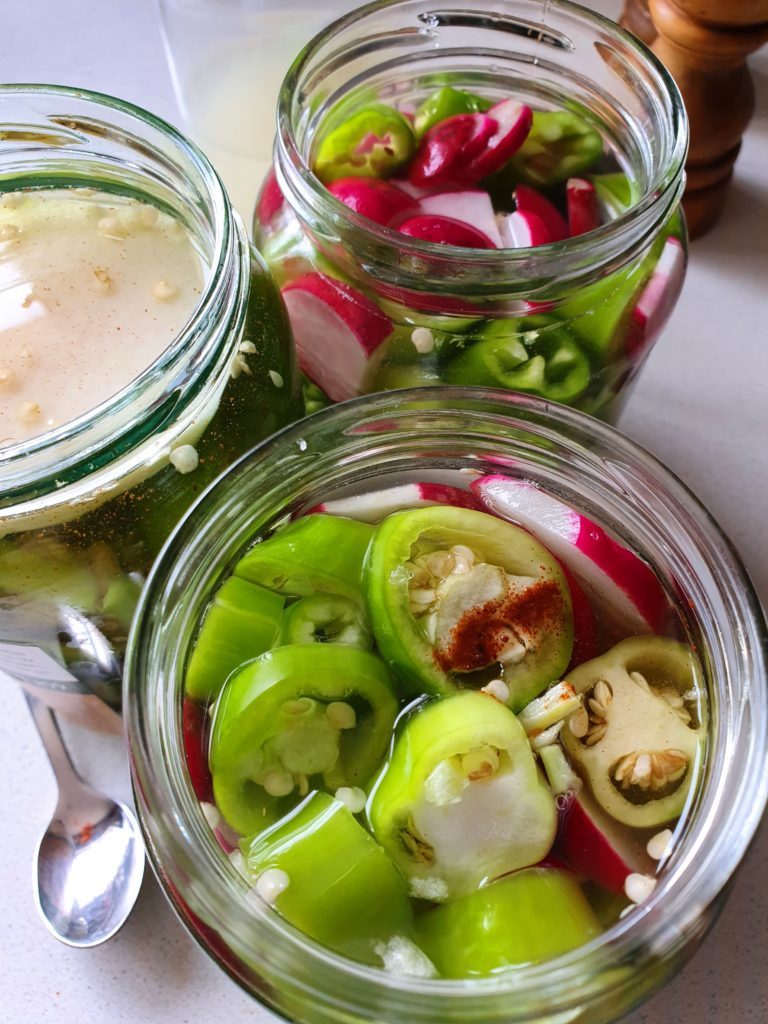
Fermented vegetables recipe
Ingredients
- whatever vegetables you like
- water
- salt
Instructions
- Chop the vegetables in your personal choice; just remember to keep them consistent, for even fermentation.
- Transfer the vegetables into a glass jar.
- Place the jar (with the vegetables inside) on the digital weight, and reset the weight.
- Add 6% kosher salt (6g of salt per 100g of water) to the jar.
- Leave 3-5cm of space between the lip of jar and brine. Place a weighting stone on the top of the vegetables.
- Close the jar tightly and set aside for 10 days. In the first three days, a pressure of 2CO is created inside and it is recommended to open and release the pressure twice a day.
This site is a participant in the Amazon Services LLC Associates Program and contains affiliate links to products. We may receive a commission for purchases made through these links.
